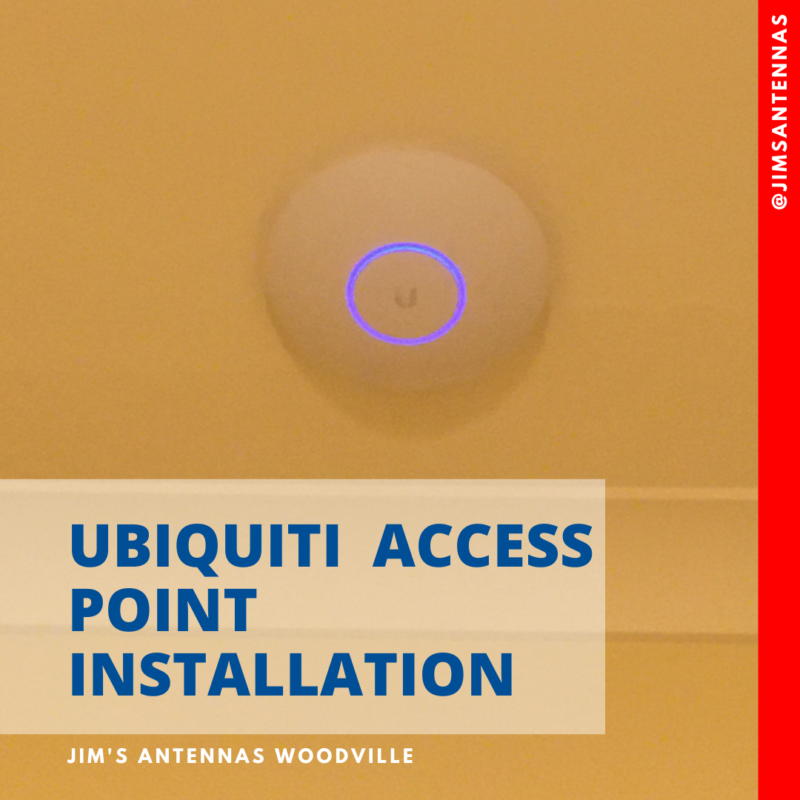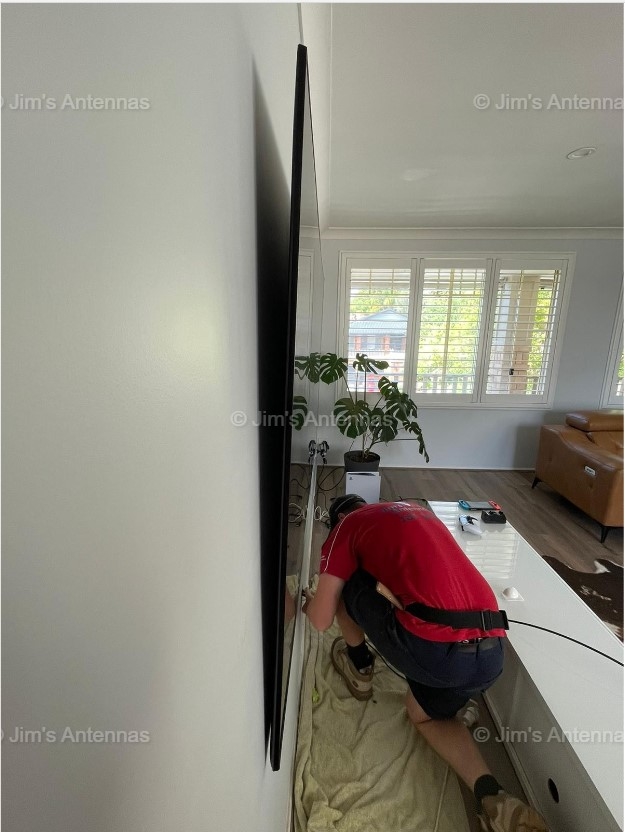Why does my TV Pixelate in Rainy Weather?
Television pixelation or signal issues is a common issue that many people
experience, particularly during rainy weather. This phenomenon can be frustrating for
viewers, causing disruptions to their favourite shows and movies. To comprehend why
pixelation occurs during rainy weather, it’s essential to delve into the technology
behind television broadcasting and the impact adverse weather conditions can have
on the signals.
Signal Transmission
Television signals are transmitted from broadcast towers to TV antennas generally
situated on your roof and then run through a coax cable down to your television or
set-top box. These signals, which consist of audio and video data, travel through the
air via radio waves. The quality of your TV reception depends on the strength and
stability of these signals.
Atmospheric Interference
Rainy weather can introduce atmospheric interference, which affects the
transmission of TV signals. Raindrops can scatter and absorb the radio waves that
carry the television signal, leading to signal degradation. As the rain intensity
increases, the level of interference rises, potentially causing pixelation on your TV
screen.
Frequency Absorption
Different frequencies are used for transmitting television signals, and these
frequencies react differently to atmospheric conditions. Higher frequencies are more
susceptible to absorption by rain. As a result, the signal weakens, leading to
pixelation on the screen.
Refraction and Reflection
Raindrops in the atmosphere can also cause refraction and reflection of the TV
signals. Refraction occurs when the signal bends as it passes through raindrops,
potentially altering the direction of the signal. Reflection involves signals bouncing off
raindrops and diverting away from their intended path. Both phenomena can
contribute to signal distortion and pixelation.
Antenna Issues
In addition to atmospheric interference, the condition of your antenna plays a crucial
role in signal reception. Poorly maintained or improperly aligned antennas may
exacerbate pixelation during rainy weather. Ensuring that your antenna is in good
condition and properly positioned can help minimize signal disruptions.
Digital Compression
The transition from analog to digital broadcasting has changed the nature of TV
signals. Digital signals are more susceptible to interference, and pixelation may
occur when the signal quality drops below a certain threshold. During rainy weather,
the impact of interference on digital signals can be more pronounced, leading to
pixelation on the screen.
Reliable Solutions for Rainy-Day Pixelation: Choose Jim’s Antennas
When dealing with persistent pixelation issues during rainy weather, it’s crucial to seek the expertise of professionals who understand the intricate details of antenna systems and digital signal transmission. Jim’s Antennas stands out as the go-to experts in addressing such challenges. With a wealth of experience in the field, our technicians possess the knowledge and skills to diagnose and rectify pixelation problems caused by atmospheric interference.

Whether it’s optimising antenna alignment, ensuring proper maintenance, or providing solutions for digital signal challenges, at Jim’s Antennas we are committed to delivering high-quality service. By entrusting your television signal concerns to Jim’s Antennas, you can enjoy a seamless and uninterrupted viewing experience, even in adverse weather conditions. Don’t let pixelation dampen your TV enjoyment—turn to Jim’s Antennas for reliable solutions and expertise.




